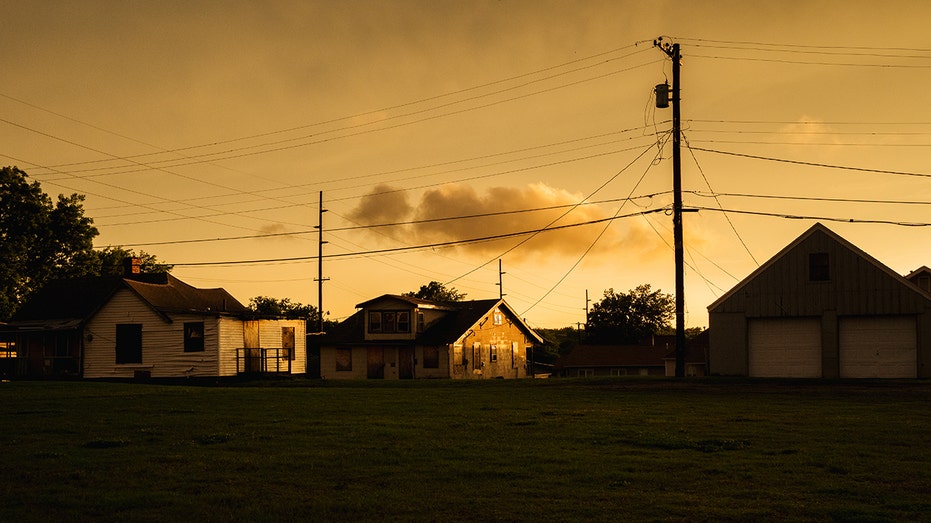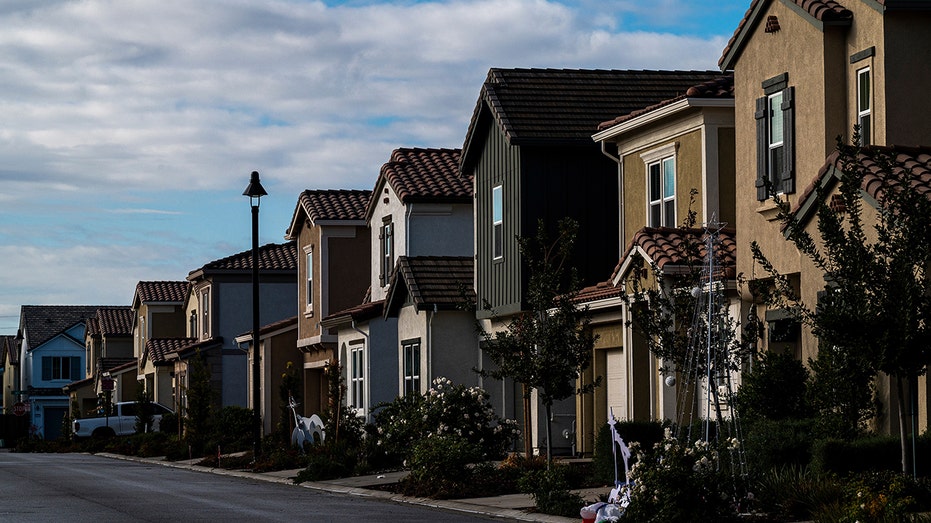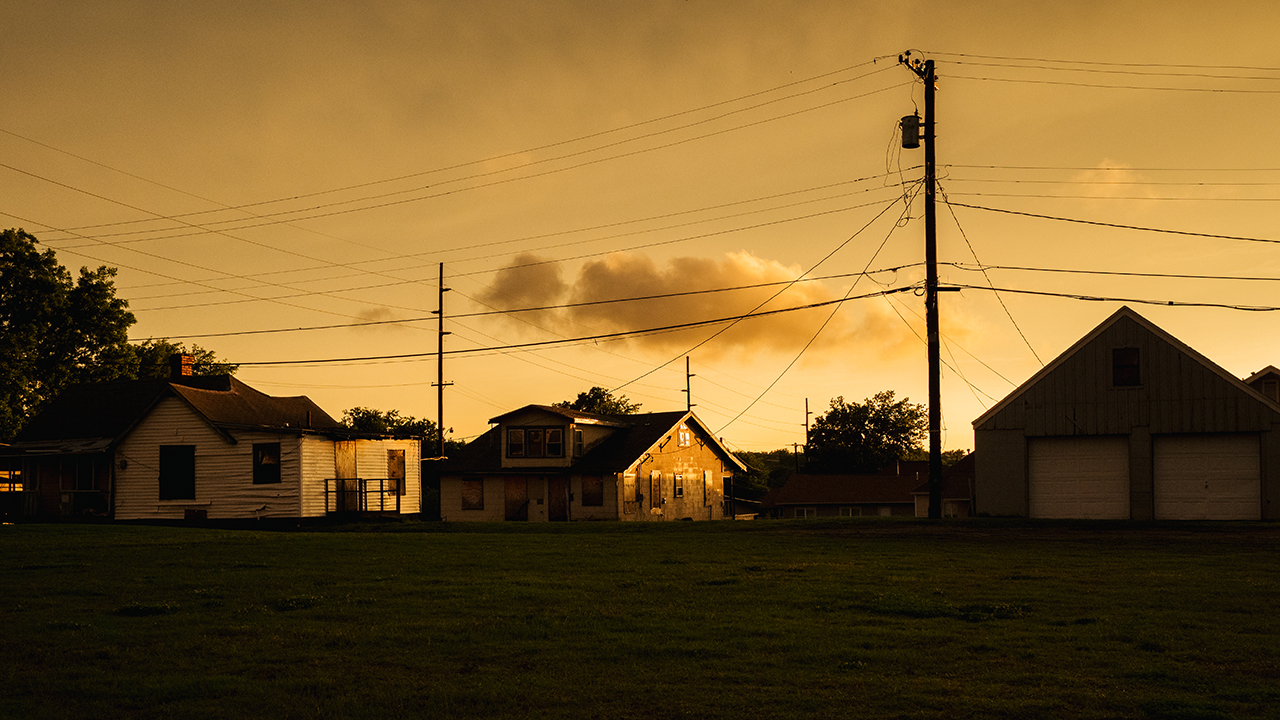Home insurance rates have surged nearly 40% since 2019 – but they're rising fastest in these states
Rising home insurance premiums are the latest squeeze on homeownership
How to deal with rising home insurance costs
FOX Business real estate contributor Katrina Campins discusses the increase in home insurance premiums on 'The Bottom Line.'
The astronomic rise in mortgage rates and spike in home prices over the past year have pushed a key tenet of the American dream out of reach for millions of families.
Now, there is another hurdle to homeownership: higher home insurance premiums.
Since 2019, home insurance rates in the U.S. have surged 37.8% to roughly $2,478 per year, according to new data published by LendingTree. That is noticeably faster than the overall 24% increase in the consumer price index recorded during that same time period.
SURGING HOME INSURANCE COSTS COULD FORCE FAMILIES TO LEAVE THESE 10 STATES

Waterfront homes near Naples Pier in Naples, Florida, on Feb. 13. (Lisette Morales McCabe/Bloomberg via Getty Images / Getty Images)
Researchers have blamed the skyrocketing prices on a number of factors, including weather disasters, rising home prices and steep home repairs as inflation pushes the cost of building materials higher.
"Insurance companies have to repair more homes, and it’s more expensive to rebuild each one than it might have been just five years ago," said Rob Bhatt, LendingTree home insurance expert. "When their costs of paying claims go up, they turn around and raise our rates. This is affecting prices for just about everyone, including people who haven’t been directly impacted by a natural disaster, or at least not yet."
HAVE KIDS? GOOD LUCKING BUYING A HOUSE THIS YEAR
Home insurance is even more expensive in states plagued by severe weather and other climate-related catastrophes. As the frequency and severity of destructive weather events have increased, more areas are considered high risk and unprofitable for insurance companies.
In fact, a growing number of insurance companies are opting to leave states like California and Florida, driving prices even higher for homeowners.

The sky begins to clear following a thunderstorm in Tulsa, Oklahoma, on May 27, 2021. (Brandon Bell/Getty Images / Getty Images)
Rates jumped by 14% in Florida last year as several major insurers stopped renewing certain policies or left the state entirely, citing concerns over hurricane risk. Severe weather damage in Florida topped $15 billion last year.
However, Arizona saw the biggest cumulative spike in home insurance rates from 2019 through March 2024. Rates have skyrocketed more than 62% over the past five years, and "climate change certainly plays a role," according to the LendingTree study.
PROPERTY INSURANCE GOING UP OR AWAY FOR MANY IN BREWING CRISIS
Arizona has been plagued by eight extreme weather events with losses exceeding $1 billion each since 2019, according to the National Oceanic and Atmospheric Administration.
Nebraska has seen the second-largest spike in rates since 2019, with home insurance costs rising 59.9%. Illinois came in third, with an increase of 56.9%. Since 2019, Nebraska has been affected by 20 extreme weather events, while Illinois has been affected by 34.
"The cost of insurance would not be so bad if this was the only thing rising, but it’s not," Bhatt said. "New homebuyers are facing higher interest rates, which further erodes their purchasing power."

"New homebuyers are facing higher interest rates, which further erodes their purchasing power," said Rob Bhatt, LendingTree home insurance expert. (Photographer: David Paul Morris/Bloomberg via Getty Images / Getty Images)
GET FOX BUSINESS ON THE GO BY CLICKING HERE
Oklahoma has the highest average home insurance premium by state, coming in at $5,478 per year – 121% higher than the U.S. average. Nebraska follows, with premiums averaging $5,363 in 2024, which is 116.4% above the typical rate. The average cost of home insurance in Kansas – the third-most expensive in the country – comes in at $4,825.
The spike in home insurance is not showing up in government inflation data, which only measures the slower-rising renter insurance policies. Had homeowners insurance been factored into the CPI in 2023, the gauge would have come in higher at 4.11% – a 0.7% percentage point increase from what was actually reported.
This suggests that the CPI does not fully capture the price pains that are actually hitting everyday Americans.
Inflation has created severe financial pressures for most U.S. households, which are forced to pay more for everyday necessities like food and rent. The burden is disproportionately borne by low-income Americans, whose already stretched paychecks are heavily affected by price fluctuations.





















